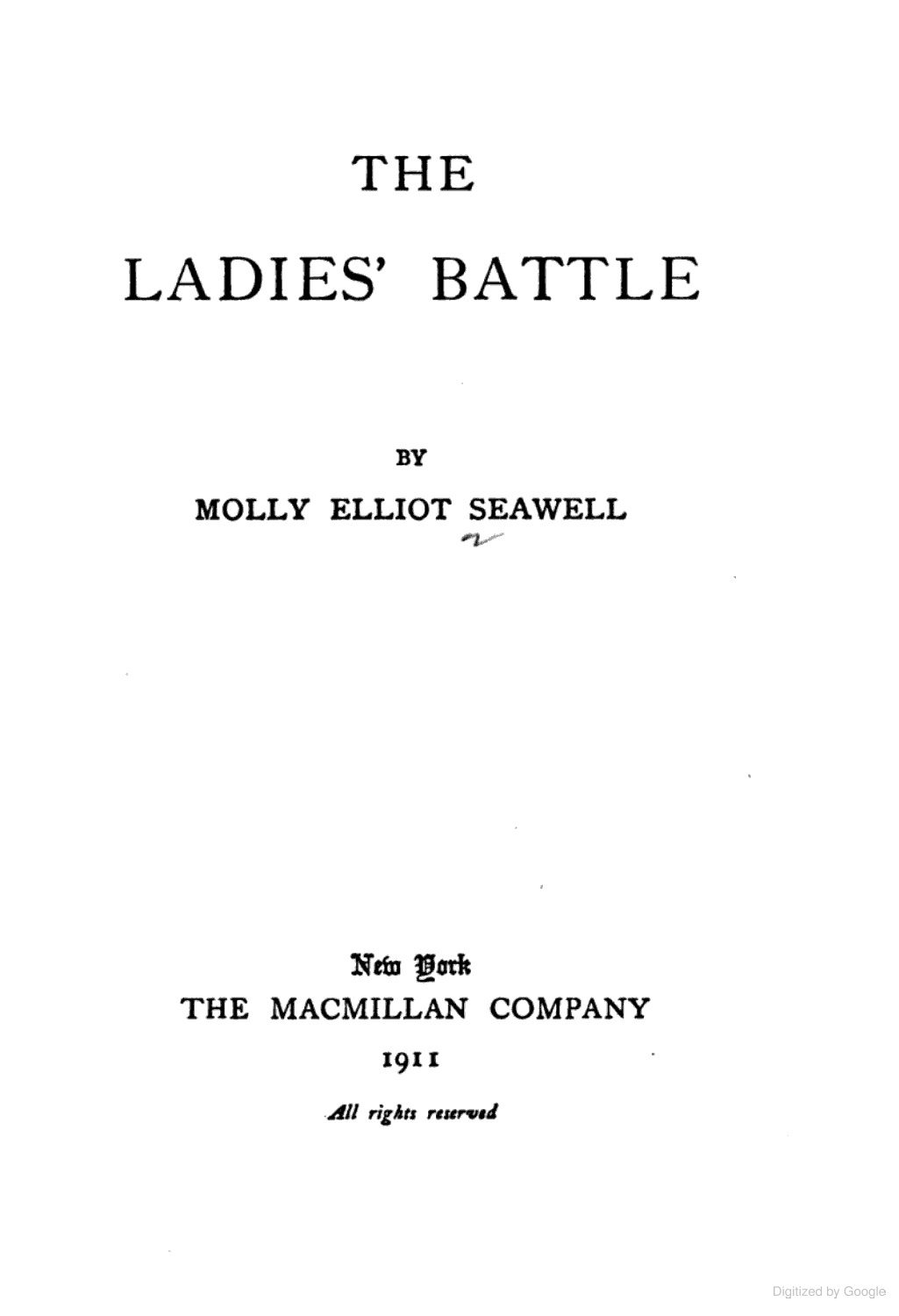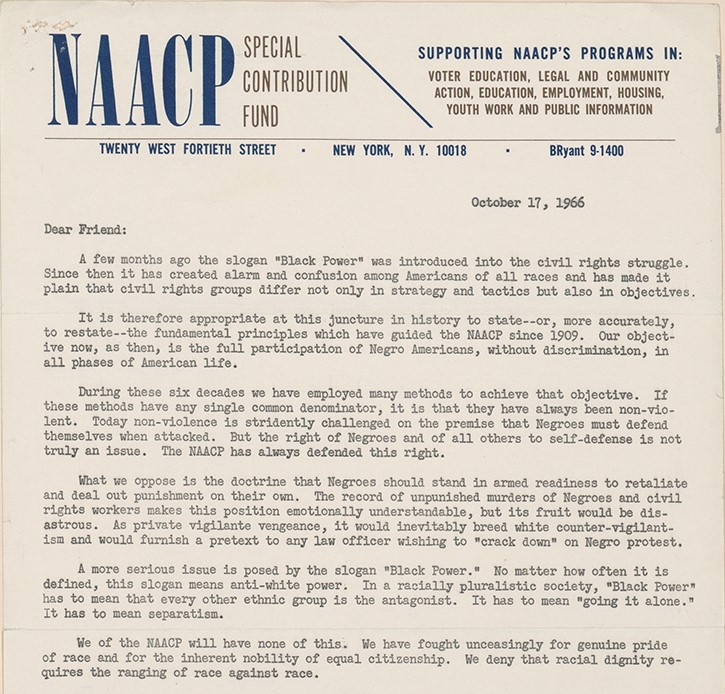Rhetoric
/https://siu.edu/search-results.php
Last Updated: Oct 02, 2025, 03:02 PM
Rhetoric Introduction
There are several creative techniques authors and artists use to inform or—more importantly—persuade an audience. For example, speakers may exaggerate a problem, oversimplify their solution, or even demonize anyone who questions their plan. Often, a persuaded public might not even recognize how powerful and infectious these creative techniques (or uses of rhetoric) actually are, which can be dangerous when a message weakens or narrows the public’s understandings about important issues.
The goal of these modules is to help you identify these techniques in sources from the past in order to heighten your awareness of how and when they might be used today. The content is taken from units originally developed for the Digital Investigation Group’s (DIG) curriculum using primary sources from the Library of Congress.
The rhetoric vocabulary used for these modules was adapted from Patricia Roberts-Miller’s (2019) Rhetoric and Demagoguery from Southern Illinois University Press. The vocabulary practice page will help you learn more about these terms so that you can identify them in sources from several topics. For example, how did speakers use these techniques to argue against the Vietnam War 50 years ago or how did cartoonists use the same techniques to argue against Irish immigration 100 years ago? These are just a few examples of how the same techniques show up in the past and present.



